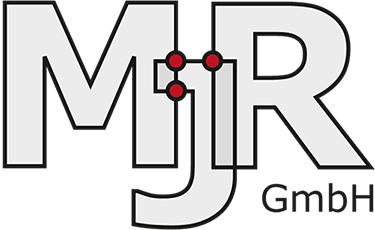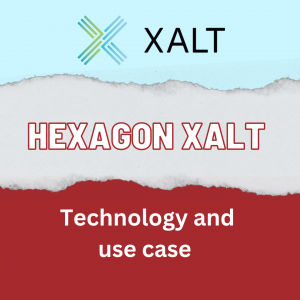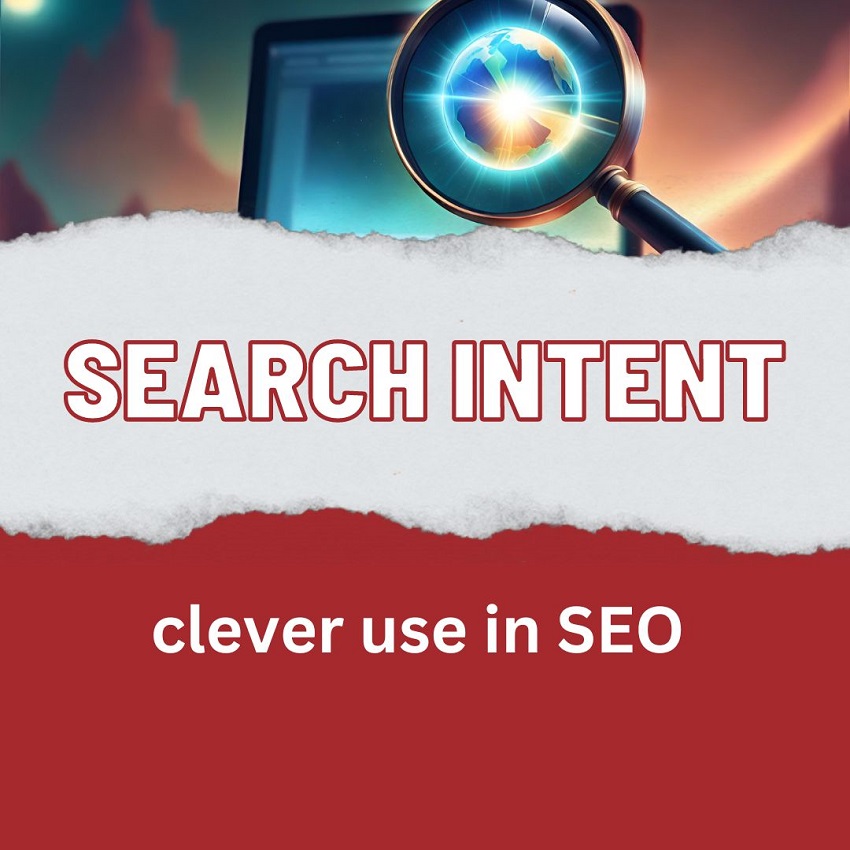Inhalt

Steffen Sternberger
Consultant
Your partner for ERP and technology.
The future of artificial intelligence
AI (Artificial Intelligence) is currently on everyone’s lips. This can be seen in the current hotly debated topics such as ChatGPT or the „fake interview“ with a German Formula 1 driver created by an AI, which recently went through the press. We will have to get used to AI-controlled assistants or chatbots becoming more and more part of our everyday lives.
Machine learning is a subfield of artificial intelligence. It is broadly defined as the ability of a machine to imitate intelligent human behavior. Artificial intelligence systems are used to solve complex tasks in a way that resembles human problem solving. They are based on events and results from the past.
Historical development of artificial intelligence
The first developments towards modern AI began in the 1950s. They aimed to solve complex mathematical problems and create „thinking machines“. In 1980, the first AAAI (Association for the Advancement of Artificial Intelligence) conference was held at Stanford. In the same year, the first expert system was launched, known as XCON (eXpert CONfigurer). It was designed to help order computer systems by automatically selecting components based on the customer’s needs.
While machine learning requires a programmer to interact in order to make adjustments, in deep learning the algorithms themselves determine whether their decisions are right or wrong. Deep learning uses artificially generated neural networks (KNNs) to detect patterns. Deep learning networks learn by detecting complex structures in data. They create computational models with multiple processing layers, allowing them to create different levels of abstraction to the data.The first developments toward modern AI began in the 1950s. They aimed to solve complex mathematical problems and create „thinking machines.“ In 1980, the first conference of AAAI (Association for the Advancement of Artificial Intelligence) takes place in Stanford. In the same year, the first expert system was launched, known as XCON (eXpert CONfigurer). It was designed to help order computer systems by automatically selecting components based on the customer’s needs.
While machine learning requires a programmer to interact in order to make adjustments, in deep learning the algorithms themselves determine whether their decisions are right or wrong. Deep learning uses artificially generated neural networks (KNNs) to detect patterns. Deep learning networks learn by detecting complex structures in data. They create computational models with multiple processing layers, allowing them to create different levels of abstraction to the data.
AI in everyday life
Personal assistants
We already encounter AI in many places in our everyday lives. For some people, it is hard to imagine everyday life without AI. The voice assistant on the smartphone quickly writes a few items on the digital shopping list or tells us what the weather will be like tomorrow. The Bluetooth speaker at home, which is linked to the AI, quickly searches the Internet for a recipe or plays music on demand. It’s all very clever and convenient!
The example of ChatGPT shows that some AIs can program faster than a software developer with 10 years of professional experience.
The automotive industry is also already relying on AI. While some manufacturers already have models on the market that can drive autonomously, in the future there will certainly be more and more models on the automotive market that support autonomous driving.
Images generated with AI
There are certain artificial intelligences that specialize in images and image generation. These are, for example, Jasper Art, Runaway, Midjourney or Neuroflash, to name just a few. They are able to generate a deceptively real image with the help of a few keywords.
Or could you tell which of these images represents a real snake and which was created by an AI?

AI in healthcare
In medicine, Artificial Intelligence is used to predict diseases based on available patient data. Medical diagnosis requires physicians and medical laboratories. Novel systems based on artificial intelligence can also be used for early prediction of diseases. Artificial intelligence can thus help identify new drug targets and predict which drugs will be most effective for a particular patient based on their genetic makeup in combination with other factors. This can lead to more individualized and effective treatments with fewer side effects.
Chances and risks of AI
Chances of artificial intelligence
A big advantage: the AI never gets sick! And shows no signs of fatigue. It thus has virtually endless working power. Robots, for example, can work 24/7 on their tasks without getting tired or losing cognitive abilities.
Another opportunity associated with artificial intelligence is certainly that it can help reduce the likelihood of manual errors. Robots can take advantage of data processing and input, making systems more efficient. Thus, problems are less likely to occur due to data processing errors.
Another benefit of AI is faster and sometimes more accurate disease diagnosis and prediction.
Risks of artificial intelligence
AI bias refers to systematic and unfair outcomes that result from the design, training, or use of AI algorithms. If an AI is not properly trained, the result of its actions cannot be expected to be accurate.
There are also privacy concerns with AI related to the collection, storage, and use of personal data in AI systems. AI systems can generate and process large amounts of data, including personal and sensitive information such as medical records, financial information, or location data. AI needs all of this information to function properly.
Another risk: AI systems can be vulnerable to security breaches such as hacking attacks, which can lead to the loss or theft of personal data. This can lead to financial loss, reputational damage and other negative consequences.
The human aspect will be lost over time when everything is done only by AI, as AI does not involve emotions and personal feelings. The fear that jobs could be lost due to the work of AI is, however, rather unfounded according to expert opinions.
Conclusion
Overall,we can say that the opportunities as well as the risks of AI are manifold. We have both advantages and disadvantages through the use of AI. My personal assessment is that we should definitely take advantage of the benefits of AI, but not lose sight of the risks. It is never right to rely only on one opinion – AI or not. Sources should therefore be carefully examined here as well.
We are your contact for ERP and integration: Walk with us towards digitization!
We are your technical advisor and competent contact in matters of ERP, integration and digitization.

Or get in touch with us directly!
Marcel Kosel
Sales Manager








